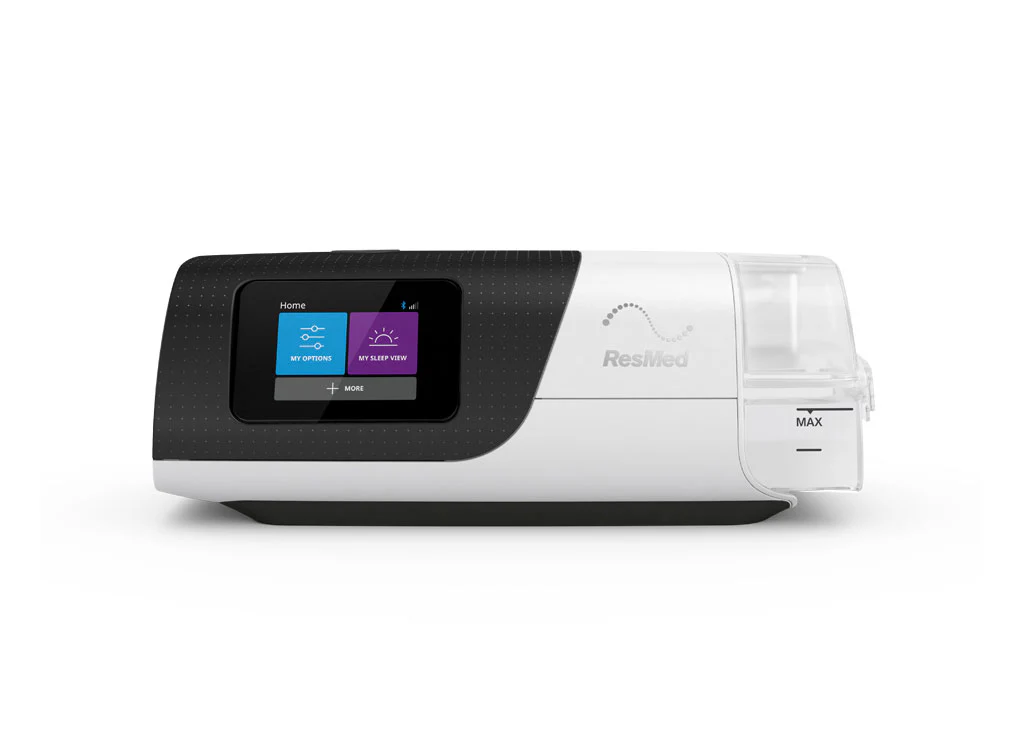
Sleep apnea is a widespread severe disorder that has millions of sufferers across the globe and is an interfering factor with sleep and a serious health threat. The gold standard treatment of obstructive sleep apnea (OSA) is the Continuous Positive Airway Pressure (CPAP) therapy that can assist patients in their easier breathing and improved sleeping.
Nevertheless, in order to benefit from the CPAP therapy, it is vital that adherence to the usage of the therapy is observed. But one more thing is important first — to have the right machine which is durable and of high quality — that you can find on CleanCPAP as they are the best in their field. The “4 hour rule” is one of the main guidelines that are frequently discussed during CPAP treatment. This blog post examines the 4 hour rule, its relevance and the effects it has on CPAP therapy users.
What Is the 4-Hour Rule?
The 4 hour rule is a compliance standard that is frequently applied by the health service providers and insurance companies to determine whether a patient is using his CPAP machine appropriately. In particular, it is the need that a patient should spend at least 4 hours using his / her CPAP device for at least 70% of the number of nights during a specified monitoring period – typically 21 of 30 consecutive days of therapy.
This recommendation is based on clinical studies which show that CPAP with at least 4 hours of usage in a night has quantifiable clinical benefits in the form of decreased daytime drowsiness, better oxygenation levels and a decrease in cardiovascular stress. The majority of current CPAP devices have built in data tracking functionalities, which provide doctors and insurers with information on the amount of time spent using the device.
The Reason Why The 4 Hour Rule Was Put In Place:
The 4 hour rule was created according to the research which indicated that a regular use of CPAP at least 4 hours per night is very effective to improve the symptoms of sleep apnea and lessen the health hazards associated with sleep apnea. Lack of sleep apnea may have severe results such as hypertension, heart disease, stroke, and diabetes.
The rule guarantees that patients get sufficient therapy to enjoy such health benefits by establishing a minimum volume of use. In the United States, insurance companies have a habit of conditioning CPAP equipment coverage on compliance with the 4 hour rule.
Failure to comply with this level by a patient may lead to loss of further coverage of the equipment by insurers and patients will either have to meet the expense themselves or surrender the equipment. This means that it is significant to comprehend and follow this rule when individuals depend on insurance to cover the costs of CPAP therapy.
Benefits of 4 Hour Rule:
The 4 hour compliance limit is not by chance. It is founded on clinical studies that indicate that CPAP treatment works best when it is taken not less than 4 hours per night. Here is why:
- Health Benefits: CPAP users demonstrate better breathing, less fatigue during the day, and lowered cardiovascular complications provided that they use the device at least 4 hours.
- Sleep Quality: Even partial adherence to CPAP may greatly increase the quality of sleep as compared to no treatment.
- Insurance Requirements: This rule has been used by most insurance companies to decide whether the cost of CPAP equipment will be covered. Non-conformance to the standard may lead to the loss of the coverage of your device.
